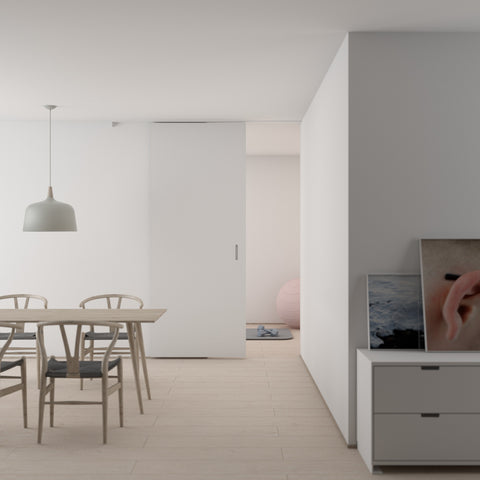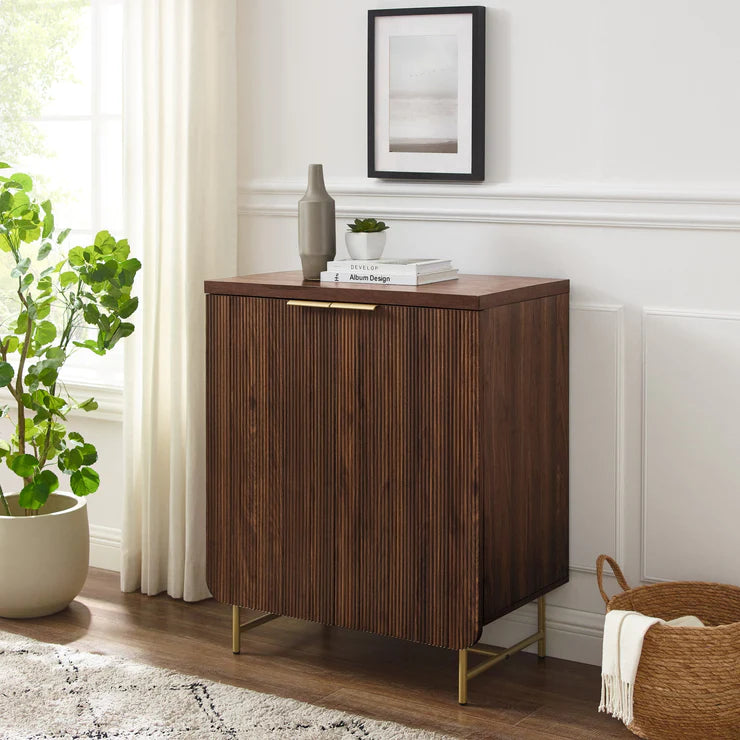Japandi, a portmanteau of Japanese and Scandi (Scandinavian), is a blend of the two regions’ interior design styles that has recently risen in popularity. Japandi fulfills a shift toward eco-conscious design, and its serene, natural, and clean aesthetic gives us respite from our increasingly stressful lives. Let’s see how two styles from opposite sides of the world combined to create something unique.
Traditional Japanese Design History
To better understand each half of Japandi, let’s first look at the influences on traditional Japanese interior design. It has ancient roots, becoming more intentional between the 8th and 12th centuries. Centuries-old traditions and philosophies inform all aspects of Japanese culture, begetting a natural minimalist interior style. Shinto beliefs instill a respect for nature; Zen emphasizes self-restraint, harmony, and simplicity; ma is a pause or negative space where growth and possibility reside; and wabi-sabi is to make peace with imperfection and the impermanence of all things.

Scandinavian Design History
Scandinavian style is a product of its geography. To combat long winters with short daylight hours and cold temperatures, designers began to favor bright, neutral color palettes, large windows, and cozy lighting. Lush green plants were often incorporated to breathe life into the stark environment. Smaller Nordic homes inclined designers toward open floorplans, multipurpose spaces, and clutter-free decorating. The style really coalesced in 1914 after a push to promote the region’s local craftsmanship and practical furniture design.

Merge
The term “Japandi” is relatively new, but ancient Japanese traditions and comfortable Scandinavian sensibilities began to merge in the 1850s when Japan opened its borders to the West. After 200 years of isolationism, a cultural exchange bloomed as Japanese people were allowed to travel abroad and international people were allowed to visit Japan.
After World War II, limited resources shifted both Japan and Scandinavia toward simplified, practical, and attainable designs. As our modern world grows increasingly hectic, a more deliberate combination of the two peaceful styles has occurred, formally creating Japandi.

